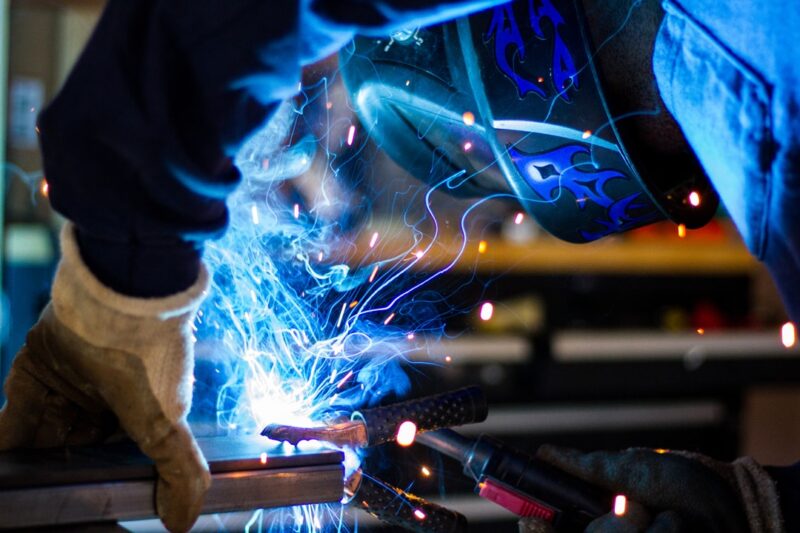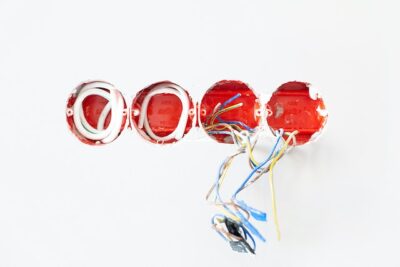Nearly every manufacturing industry on the planet uses fabrication technology of some kind. We may not think it’s true on a personal level, but as a human race, we are super clever at making things. Manufacturing and fabrication are tributes to human ingenuity.
You can benefit from manufacturing principles when you apply them to other industries. In this article, we’ll help you understand some of the broad themes and principles in fabrication technology. This understanding will give you a smarter view of your work, whatever that may be.
Fabrication Technology 101
If you look up the word fabrication in various dictionaries they will convey the idea of making something. It also means manufacturing something and even inventing something. So fabrication technology is the sum of all manufacturing processes.
You might say it involves all the tools we use in producing parts, components, and even final products. The production process can involve numerous and diverse materials. However, when we think of fabrication technology as an industry, we tend to think of how metal is fabricated.
There are lots of different methods designed to shape and manipulate metal. This is so that it conforms to a particular design. The design is dependent on the specific function of that metal part. As an example, it could be a small component produced on a large scale and sold in bulk to other industries.
Computer Design And Automation
The most economically efficient manufacturing industries are made of multiple fabrication stages. Each stage is capable of a different fabrication technique. The product moves through these stages towards its final design goal.
In the past, fabrication was time-intensive and involved a lot of manual labor. Everything has changed with computer-aided design and production networks. A product can be designed and manufactured without anyone touching a single piece of material.
Economic Principles
This technology has made the industry much more efficient and cost-effective. The production process is much more controlled and data-driven. That means products are produced within finite quality ranges with more predictable life cycles.
Tasks are clearly defined. Work is standardized. Fabrication technology also uses quality control and automation. These are the rock bed principles of profitability in numerous other industries.
Plus, when you know what is rapid tooling and other proof of concept fabrication methods, you can test the viability of your product before moving to mass fabrication. This is another sound economic principle that can be applied to numerous other industries.
Take Home Message
Why read an article about fabrication technology? You may not be an engineer, or you may not even have an interest in manufacturing. Yet, when you begin to understand the key concepts of fabrication technology and how it has developed you can harness that wisdom for your own purposes.
The use of computer technology, automation, flexibility, and proof of concept testing are powerful tools to build profit in almost any business. In fabrication, small changes can make a massive difference. So we are wise to learn from an industry that is the economic backbone of many countries.
As a business-minded person, you will find the thinking stimulus you need by reading other articles on our site.










